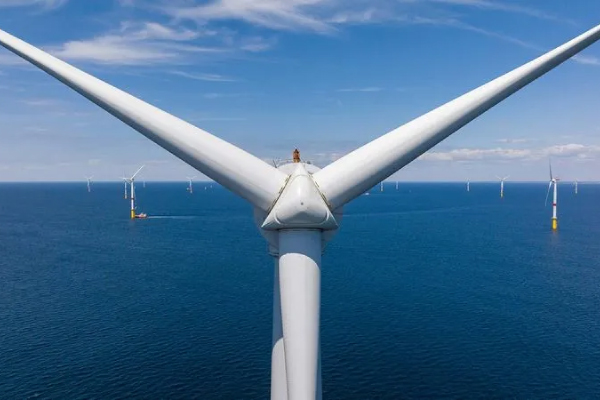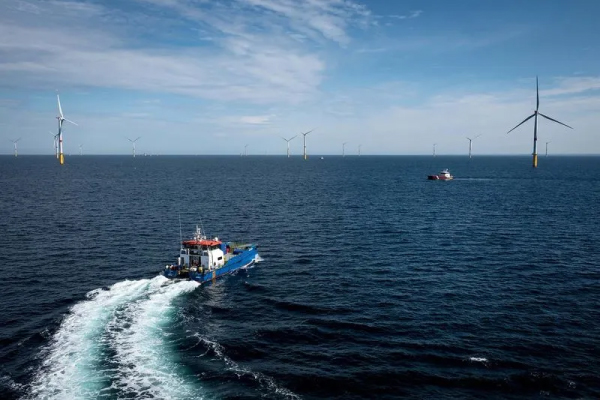
About Offshore Wind
A Low-Carbon Source of Renewable Energy
Offshore wind farms can be many kilometres from the shore, and are considered to have many unique benefits over both land-based wind farms and solar panels.
Offshore wind farms generally experience more consistent and stronger winds compared to land-based wind farms, allowing for larger wind turbines to be used. This in turn results in a higher energy output and more electricity generated.
Offshore wind farms are less visually and audibly intrusive than land-based wind farms and reduce the potential impact on local communities. This is particularly important for areas that are well populated, where land-based wind farms may not be suitable due to concerns about noise and visual impact.
While solar panels can only generate energy during the day, offshore wind farms are also able to generate energy during the night ensuring a continuous supply of energy. Plus, offshore wind farms are less affected by weather conditions, such as clouds and fog, and can be relocated. This makes offshore wind farms a reliable source of energy, particularly in areas with variable weather patterns.

![]()
Clean and low-carbon energy source
![]()
The wind is renewable, so it will never run out
![]()
Faster and more consistent offshore winds mean more energy can be generated

- © 2025 EDF Renewables Australia